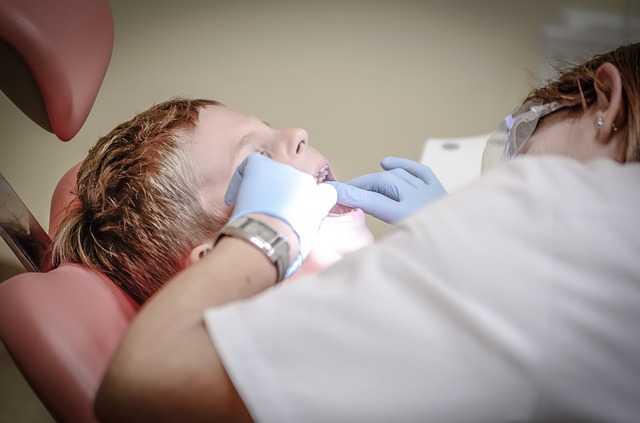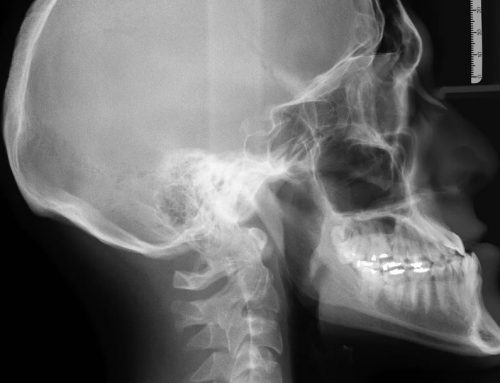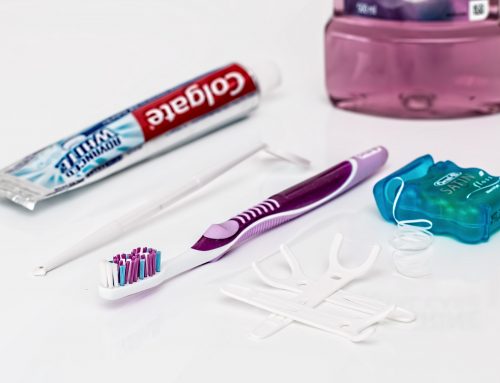Kids are notorious for escaping the responsibility of brushing their teeth. Naturally, most don’t understand the benefits of clean teeth or the consequences of brushing poorly—but kids will be kids! This causes many children to disregard the back areas of the mouth, and specifically, deep grooves and pits in the molars and pre-molars, which are vulnerable to cavities and decay, otherwise known as caries.
The Canadian Dental Association finds that almost all caries-related issues in children come from these naturally formed crevices in teeth.
What are Sealants?
Fortunately, there is a solution which helps counter the common problem of caries in children. Cavities and decay can be prevented by using a plastic sealant to fill in the grooves. This sealant is applied in a liquid state and rapidly hardens, filling in and smoothing out the fissures in teeth to create a shield against unwanted particles. Food and bacteria are no longer able to bury themselves deep in the cracks, preemptively eliminating caries.
Advantages of Sealants
In 2016, the American Dental Association conducted a study which ultimately pointed out that sealants are a safe and effective way of preemptively eliminating pit-and-fissure caries in molars and pre-molars. Sealants have proven to reduce the immediate risk of caries by 80%. Following the initial year of application, the next four years of study brought back a 60% decline in caries.
In terms of cost, sealants are considered quite inexpensive at about $20-$30 per tooth. They cost next-to-nothing compared to the heightened risks of cavity filling, which can cost up to $250 each depending on the material you use, and root canals, which can cost $1000. Thankfully, sealants can be covered by your dental insurance.
Disadvantages of Sealants
Sealants are a great way to prevent caries, but they are not perfect. Unfortunately, sealants are not permanent and must be reapplied every 10 years. They can crack and chip, which is why visiting your dentist regularly is important. They also cannot be applied to teeth that have fillings.
BPA
Many are concerned with sealants because the process involves placing plastic into your child’s mouth. BPA, or Bisphenol A, is a resin used in many types of plastics which can be worn down and ingested and can lead to health problems. Many sealants contain BPA compounds, but it is a small risk that is actually greatly exaggerated in the media.
Exposure to BPA comes primarily (96%) from food and drink containers, which contribute 5800 nanograms to human ingestion. Paper receipts (2%), dust (1%), cosmetics (1%) and even the air we breathe (0.13%) are more potent with BPA than dental sealants, which contribute 0.09 nanograms and amount to 0.001% of the exposure.
Conclusion
Approved by the Canadian and American Dental Association, sealants are a safe product, especially considering the benefits that it can have for your children and the money you can save on cavity fillings and root canals.
If you’re interested in preventing future discomfort and expenses in exchange for healthy dental hygiene, consider getting sealants for your child and contact Dr. Mercedes Bedi at King Town Dental today.







Leave A Comment